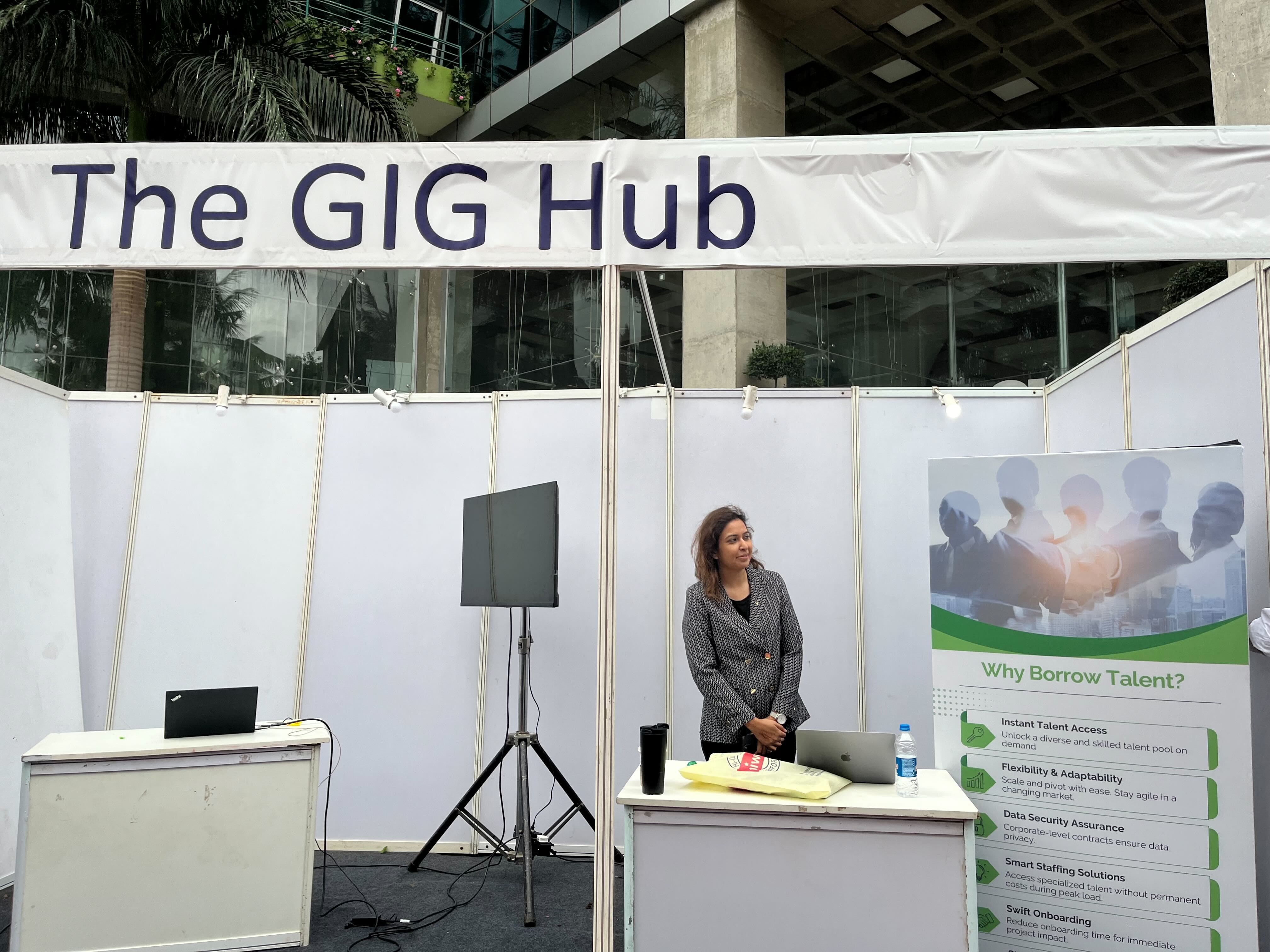Written by: Flexing It
6/09/2013
7 minutes read
![eye]() 38
38
![share]() 0shares
0shares
Growth in independent professionals or freelancers is expected to be one of the most significant employment-related trends globally over the next couple of decades[1]. Over the past few weeks, Flexing It has been conducting an online survey to gather some real time facts on who constitute India’s freelancers and the motivations that are driving this decision. We had published some early findings from the first 200 responses, and in this piece try and further characterize the various segments of freelancers we see emerging.
As a quick recap, in our previous piece, we highlighted the following 6 major findings
- Freelancing or independent working is a conscious choice being made by professionals with experience with nearly 40% of those surveyed having transitioned into working independently after an extended stint in the corporate sector
- An increasing proportion of mainstream professionals are opting to work independently. Strategy and business development, general management, marketing and sales, research/academia followed by human resources and finance were the top functional categories.
- Sectorally, we see freelancers from a range of disparate industries with professionals from advertising/media/publishing and professional services forming the top two categories.
- Several distinct segments of freelancers emerging. The largest segment with nearly 35% of the respondents is of professionals who have opted to freelance after an extended stint in the corporate world.
- The desire for greater control over one's schedule and portfolio of work are the primary drivers. Better control and the ability to be self-employed were the top two reasons for choosing to freelance.
- Freelancing remains nascent and needs much greater organization. The data shows that 50% of the professionals started working independently less than two years ago and the biggest challenge faced is sustainability i.e., finding a steady stream of assignments.
You can read the detailed findings at http://www.flexingit.com/blog/decoding-indias-freelancers-growth-optimism-but-th/. In this piece, we look to provide further insight into the various segments of freelancers that we see emerging.
As mentioned above, by far the largest segment of freelancers (35%) is of professionals who have opted to freelance after an extended stint in the corporate sector. The next 4 segments in terms of materiality are: young mothers/professionals who have opted for freelancing owing to personal commitments, professionals in creative and technical fields where freelancing is seen as more lucrative and also as aiding better in achieving career objectives, entrepreneurs who have started their own ventures and are freelancing to keep cash-flows going, and finally professionals pursuing other interests like music or writing. The sixth largest segment that emerged from the data was of professionals looking to leverage their skills post regular hours (the professional moonlighters!). Whats interesting to note is that several of these segments have started gaining ground in the last few years whether it be the corporate freelancers, entrepreneur freelancers or professional moonlighters!
We find some interesting patterns as we look at the characteristics of the various segments. Professionals who are now freelancing post a corporate stint (the corporate freelancers), tended to have a greater degree of work experience (three-quarters had 10+ years) and were drawn from a broad range of functional and industry segments. This diversity of experience could also be seen by the professionals who are freelancing owing to personal commitments, though in this case the amount of work experience was far lower. The remaining three categories of freelancers saw a much greater concentration in the functional and industry focus areas. For example, in the case of entrepreneurs who are also freelancing to keep cash flows going, 60% were drawn from three areas – strategy/business development, general management and IT.
In terms of gender-mix too we saw differences – freelancers post a long corporate stint, and/or from the creative/technical fields were equally likely to be male or female. Freelancers who were pursuing a passion or had opted for it were likely to be women in 75% and 95% of the cases respectively. Interestingly, more than 75% of the entrepreneurs who were also freelancing were men!
An interesting common thread we saw across the segments was that the top work-arrangement was for multiple assignments simultaneously, followed by a desire to do single full-time projects and then move onto the next. The desire for arrangements that permit defined hours every day or defined days a week, was preferred most by the freelancers who are also pursuing a passion and by entrepreneurs (40-45%). Interestingly, young mothers preferred these limited hours/days arrangements in less than 30% of the cases which runs counter to what most would believe.
In terms of location of the work, overall our survey has found that 65-70% of the freelancers desire a combination of on-site and remote work and this was true when we looked at the segment-wise analysis too. The segment where the desire for remote working arrangements was highest was the entrepreneur freelancers!
In terms of longevity as a freelancer, the creative freelancers are the oldest and 50% of those in the creative and technical fields had been working independently for over 5 years. For the other segments, 50-60% of the respondents had only taken to freelancing within the last 2 years. This supports a trend we had highlighted in the last piece as well that the mainstreaming of freelancing into other professions is a recent trend and we are now seeing new segments of independent professionals emerge as we outlined above.
The top reasons across segments for professionals opting to freelance were better control over one's schedule and work, followed by the desire to be, one’s own boss. Of course, specific segments also had specific reasons that were additionally important given their context i.e., young families, need for cash flows to support a fledgling business etc. For the creative/tech field, many professionals saw freelancing as a way of better achieving their career goals through a stronger work-portfolio.
We thought we would share these early trends and patterns as the team starts to delve into the data, and hope you found this interesting reading. Our next few pieces will look to further understand the emerging segments of freelancers/independent professionals in more detail as also the issues they face. We would love your comments, thoughts, and questions – so do write in, to info@flexingit.com with your perspectives.
In case you are an independent professional and/or freelancer you can share your opinions on these issues by following this link: https://www.surveymonkey.com/s/decoding-freelancers
[1]https://www.elance.com/q/online-employment-report








 `
`  38
38
 0shares
0shares





